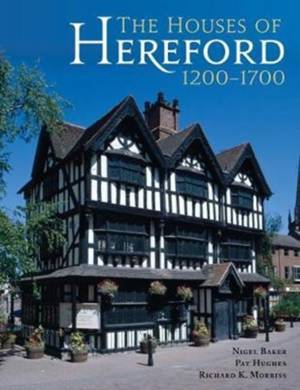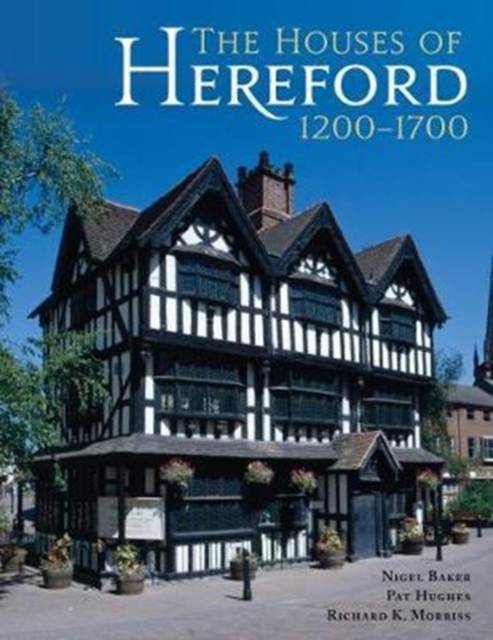
- Afhalen na 1 uur in een winkel met voorraad
- Gratis thuislevering in België vanaf € 30
- Ruim aanbod met 7 miljoen producten
- Afhalen na 1 uur in een winkel met voorraad
- Gratis thuislevering in België vanaf € 30
- Ruim aanbod met 7 miljoen producten
Zoeken
€ 41,95
+ 83 punten
Omschrijving
The cathedral city of Hereford is one of the best-kept historical secrets of the Welsh Marches. Although its Anglo-Saxon development is well known from a series of classic excavations in the 1960s and '70s, what is less widely known is that the city boasts an astonishingly well-preserved medieval plan and contains some of the earliest houses still in everyday use anywhere in England. Three leading authorities on the buildings of the English Midlands have joined forces combining detailed archaeological surveys, primary historical research, and topographical analysis to examine 24 of the most important buildings, from the great hall of the Bishop's Palace of c.1190, to the first surviving brick town-house of c.1690. Fully illustrated with photographs, historic maps, and explanatory diagrams, the case-studies include canonical and mercantile hall-houses of the Middle Ages, mansions, commercial premises, and simple suburban dwellings of the early modern period. Owners and builders are identified from documentary sources wherever possible, from the Bishop of Hereford and the medieval cathedral canons, through civic office-holding merchant dynasties, to minor tradesmen otherwise known only for their brushes with the law.
Specificaties
Betrokkenen
- Auteur(s):
- Uitgeverij:
Inhoud
- Aantal bladzijden:
- 256
- Taal:
- Engels
Eigenschappen
- Productcode (EAN):
- 9781785708169
- Verschijningsdatum:
- 25/06/2018
- Uitvoering:
- Hardcover
- Formaat:
- Genaaid
- Afmetingen:
- 218 mm x 282 mm
- Gewicht:
- 1202 g

Alleen bij Standaard Boekhandel
+ 83 punten op je klantenkaart van Standaard Boekhandel
Beoordelingen
We publiceren alleen reviews die voldoen aan de voorwaarden voor reviews. Bekijk onze voorwaarden voor reviews.











